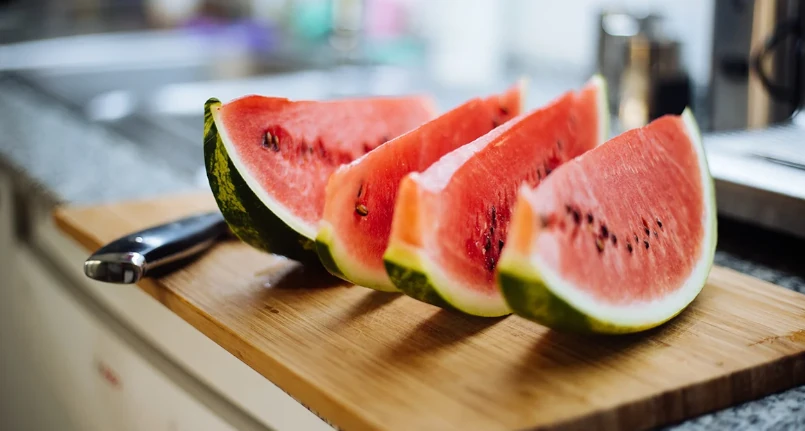Introduction
Gluten is a protein found in wheat , rye and barley and in derivatives of these grains . That said, considering that cheese is not a cereal-based food, it is generally considered gluten-free and safe to eat even for people with celiac disease. Most types of cheese are made using the same simple ingredients, including milk , salt , a starter culture ( good bacteria ) , and rennet (an enzyme), suitable forof gluten intolerant and celiac.
However, cheese recipes, manufacturing and production techniques vary depending on which type you buy, which can also affect the potential gluten content. While most cheeses, such as Parmesan or mozzarella , will not contain gluten, it’s crucial to read the packaging of the cheese you buy, precisely because contamination can occur during the manufacturing and packaging process . Cheese can be exposed to gluten-containing ingredients both during preparation and during production.
Did you know that when you buy…
When you buy cheese at the counter of a delicatessen or in the supermarket, you have to be careful. If in gastronomy your product is sliced and packaged on the same shelves or using the same utensils, with which other foods are handled . The cheese, in this case, can easily be contaminated by gluten. Before purchasing any cheese from the local deli counter, it is advisable to point out to the clerk who is serving to cut and package the cheese on sanitized surfaces with clean utensils.
Can celiacs eat cheese?
The study commissioned by the Italian Celiac Association to the Department of Agricultural and Food Molecular Sciences (DISMA) of the Faculty of Agriculture of the University of Milan, had already confirmed that the cheeses belonging to the category of traditional cheeses were completely suitable for celiac subjects. Scientific knowledge has shown that techniques and technologies usually adopted for the production of cheeses do not involve the use of ingredients containing gluten, and that the products are therefore to be included in the diet of celiacs and those intolerant to gluten .
Traditional cheeses consisting of milk, salt, rennet, ferments and any technological adjuvants/ additives allowed by the Community standard are considered suitable for celiac disease (Reg. EC n.1333/2008 Annex II Part D: e.g. citric acid E330 in mozzarella, carotenes E160 in orange, yellow and off-white aged cheeses ):
- Soft and dairy products (for example, cottage cheese , ricotta , mascarpone , goat cheese, tomino , mozzarella, cottage cheese, crescenza , feta ).
- Semi-hard (for example, montasio , fontal, caciocavallo , fontina ).
- Hard (for example, grana padano , parmesan , provolone , emmental , cheddar ).
- With a bloomy rind (for example, camembert , brie , taleggio ).
- Blue cheeses (for example, gorgonzola , stilton).
It should be emphasized that these cheeses purchased already in slices are in any case suitable for celiacs since the slicing process does not involve a significant risk of possible gluten contamination.
Check the packaging of the cheeses
When buying packaged cheese, it’s vital that you check the packaging to make sure it’s safe from cross-contamination. If the package is labeled “gluten free,” it means that it contains less than 20 parts per million (ppm) of gluten, making it safe for people with celiac disease to eat. In some cases, cheese that bears the certified gluten-free seal on the packaging contains less than 10ppm of gluten,
The grated cheese is gluten-free
The more traditional cheeses to be grated, such as Grana Padano, Parmigiano Reggiano or Pecorino , are naturally gluten-free because they belong to the category of traditional cheeses. Pre-grated cheese, and available in the refrigerated section of the supermarket, for example is another variety that may not be safe to consume if you have gluten sensitivity or intolerance . While grated cheese is usually gluten-free, it can occasionally be made with a starchcontaining gluten, which is added to prevent lumps from forming inside the packs. Luckily, though, most grated cheese is prepackaged, so you can easily check the ingredients list for any gluten-based contaminants. Or, even better, check if there is a seal or the wording “gluten-free” or “gluten-free” on the label or on the package.
Gluten free cream cheese
Even regular cream cheese is usually free from gluten-free ingredients. However, this isn’t necessarily true if you’re buying flavored varieties or if you’re buying cream cheese from a restaurant that makes it in-house. Before consuming it, it’s helpful to check the packaging to make sure there are no gluten-based flavors, such as malt .
Blue cheeses: beware of moulds
Generally, blue-veined cheeses such as gorgonzola, roquefort , stilton, blu di capra , etc. are gluten-free and safe to eat even for people who are sensitive and intolerant to gluten, however, in some cases, they can be produced with cultures of molds grown on wheat or rye bread . The amount of potential gluten again is minimal and largely undetected. However, to ensure total safety, it is always advisable to buy a blue cheese that indicates the wording “gluten-free”.




